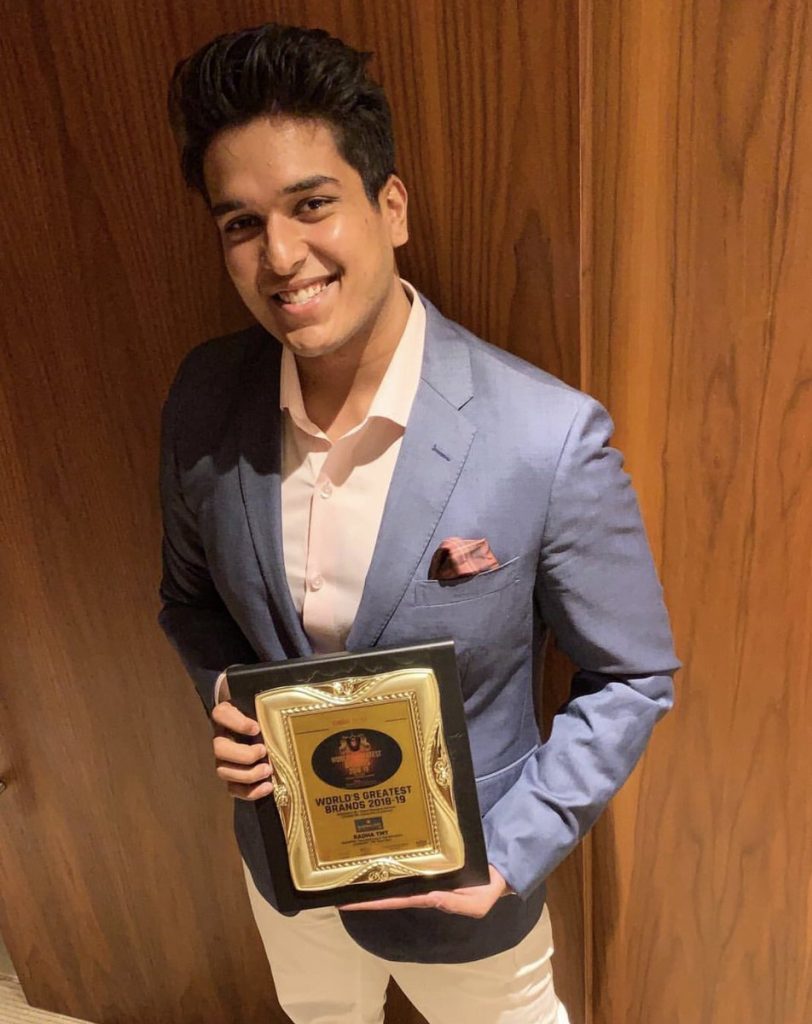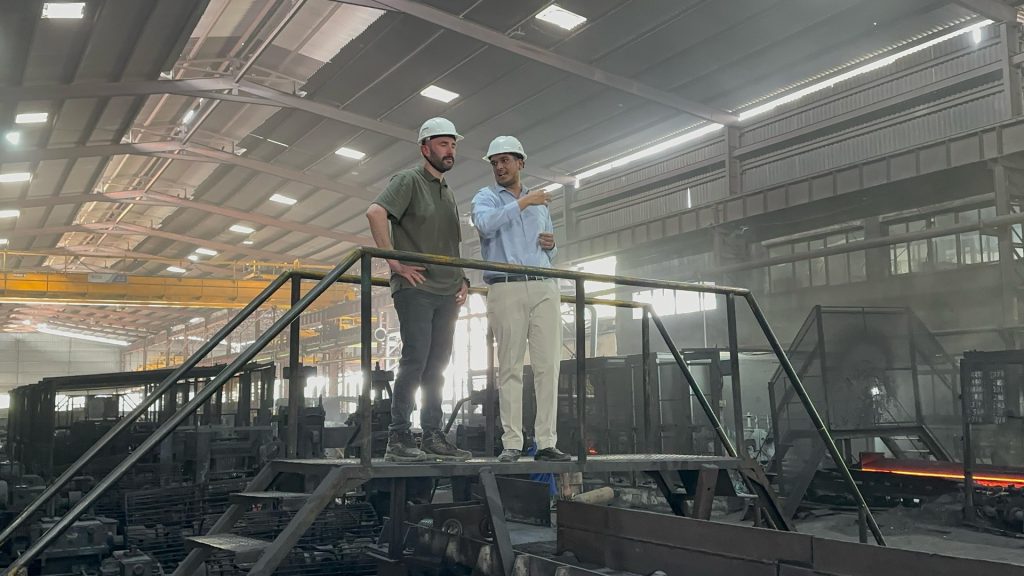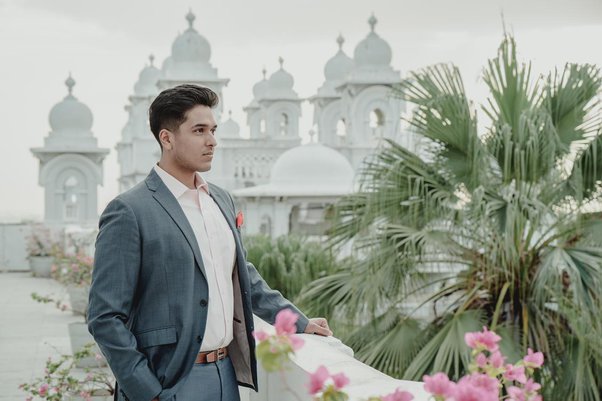(June 19, 2023) When Nikhil Kapur first heard about the Ironman challenges during a casual conversation with a friend, he was confident he could nail it with a mere three-four months of training. However, when he got in touch with a few coaches to discuss the plan, they advised him to give it at least 12-18 months.
The Ironman challenge is one of the most challenging in the world, and involves completing a long-distance triathlon consisting of a 3.86 km-swim, a 180.25-km bike ride, and a full marathon, which is a 42.20-km run. Participants must complete all three disciplines consecutively and within a certain time limit to be considered an Ironman finisher. Nikhil was determined and began training with a US-based coach. The training in each discipline — cycling, running and swimming — was gruelling.
Over the years, his determination and sheer hard work led him to complete not one but five Ironman events (a series of long distance triathlon races) across the globe, successfully. “The preparation for each race and the race itself has transformed me into the person I am today – both personally and professionally,” smiles Nikhil Kapur, Ironman Tri-athlete and wellness hotelier, speaking to Global Indian. Nikhil and his wife, Sharmilee Agarwal Kapur are the founders of Atmantan, a premium integrated-wellness resort in Mulshi, Pune, where Nikhil serves as Founder, Director and Sports Nutritionist. Nikhil, who also enjoys organic farming in his free time, was named in GQ’s list of ‘50 most influential Indians’ (under 40).
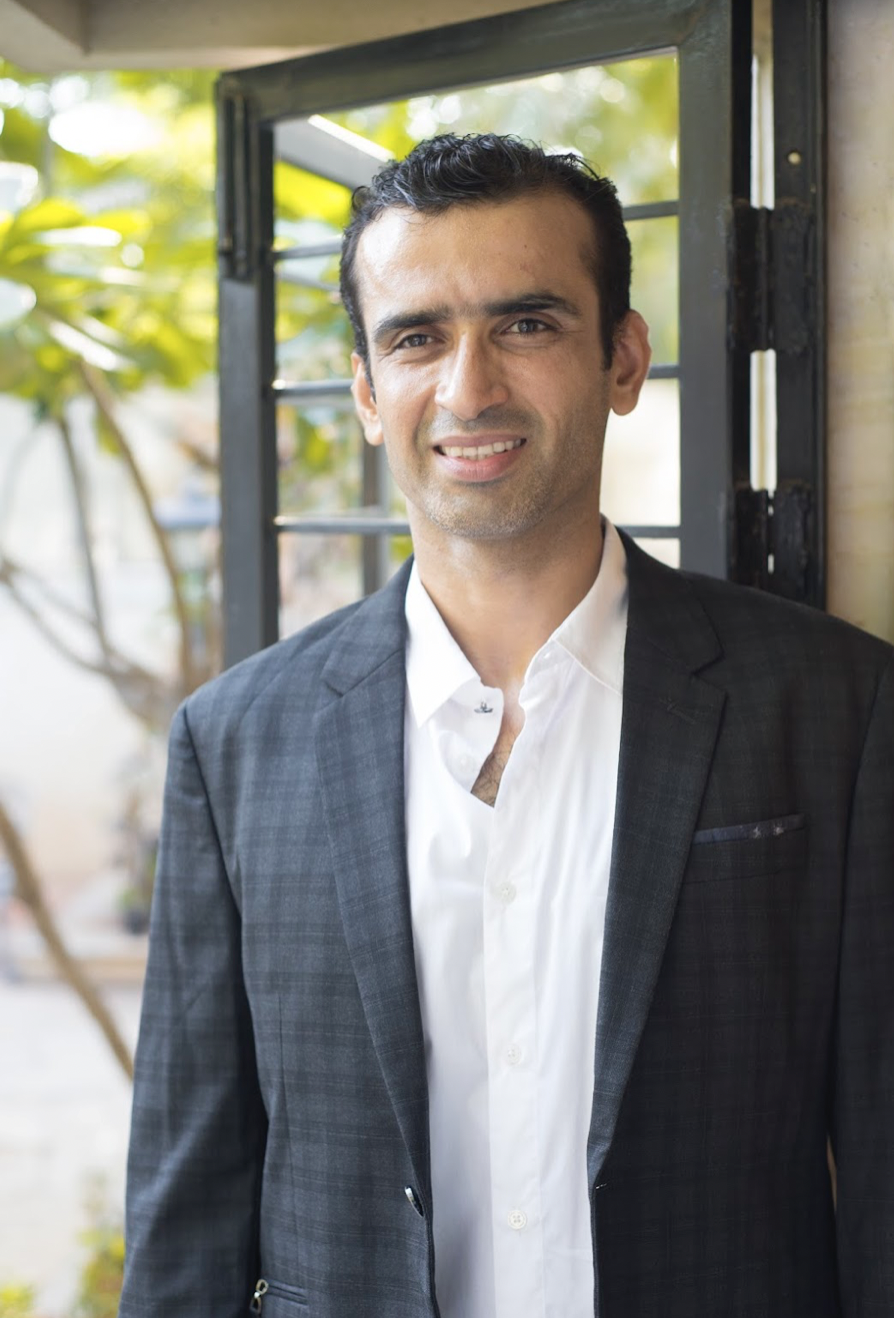
Nikhil Kapur
Taking on the Ironman challenge
It was in January 2014 that Nikhil signed for his first half Ironman event in Auckland. Thereafter, in July the same year, he did his first full Ironman challenge in Zurich. He went on to complete the Ironman competition in Kalmar, Sweden in August 2016, and another in Copenhagen in 2017. His fifth Ironman challenge was at Hamburg in July 2018.
“Hamburg was the most painful race of them all. I completed the race alright but in this race, my physical body gave up. However, my mind remained strong and kept pushing me to the finish line,” recalls Nikhil. In all other races, he says, it was the other way round. “The body was well-conditioned and the mind used to play games like why go so fast, go easy, why are you doing this and so on,” says Nikhil.
He feels Ironman races, like life itself, are very tough. “But if you have a plan and you start taking one step at a time, you come out a winner,” says Kapur.
Years of training not only made him physically fit but stronger mentally. “My mind is focussed and holds attention to the job at hand without getting distracted. It knows that if there is a low point, I can still bounce back from there,” says the five-time Ironman triathlete.
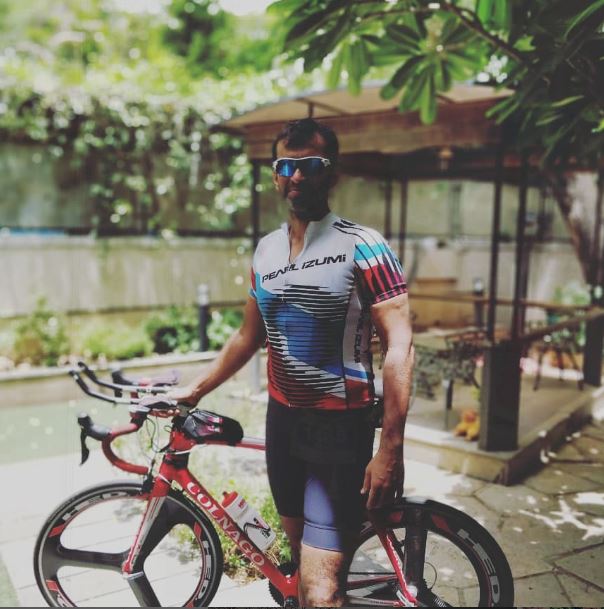
Nikhil during the Ironman Challenge
Early life
Born in New Delhi in January 1977, Nikhil travelled to new cities every two or three years as his father was in the Army. Most of his middle school and High school was in The Army Public School (TAPS, Dhaula Kuan, New Delhi).
“My father was a professional sportsman. He played Badminton (Junior) for Punjab and then was in the National Squash Team (1964-70) when he was 2nd Lt in the Army. Both my sister and I got his sporty genes,” smiles Nikhil. The Kapur siblings were both very outgoing and loved to play sports. “We were jacks of all sports, actually,” he says.
A series of extraordinary events
Nikhil says there are so many ordinary and extraordinary things that have shaped him into the individual that he is today. “From having meals together as a family, to making sure that the driver eats when we eat on a long journey, to keeping yourself fit and active, to making sure that the job needs to be done at any cost — all incidences while growing up have helped build a strong value system in me. Since I come from a humble background, it keeps me grounded too.”
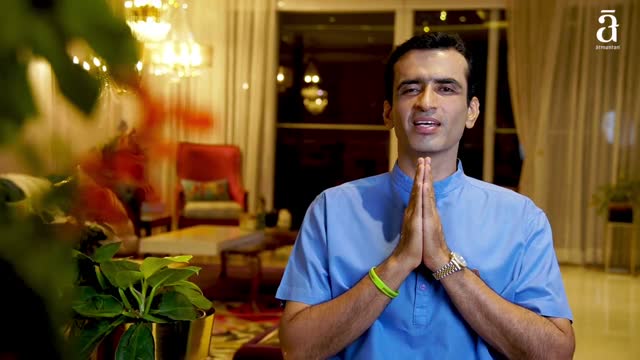
Nikhil Kapur
With his father getting posted to Pune, Nikhil too moved with him and did his BA(Eco) and MBA from Fergusson College & Symbiosis Institute Business Management. “I got my first job in Wipro Infotech from campus and then I worked in Reuters India. These six years provided me an insight into what goes into running an organisation, why systems and processes are important,” he informs.
When it came to academics, Nikhil was an average student right up to his college. While he was not into professional sports, he played a lot of Golf during college days and took up running too.
“All the running during the college days laid the foundation of my long distance running that I started after a few years. And this is life, what we do today lays the foundation of what we do next. This is applicable to our thoughts and actions,” he feels.
Lessons from Ironman
Ask him what he learnt by participating in Ironman challenges, Nikhil says it has taught him that ‘Impossible is nothing.’“I have followed my training drills to the T and each week I could make out that I was getting more and more efficient in each discipline. And that’s the idea, be more efficient as you race long distances,” says Nikhil, who loves cycling the most among the three sports (running and swimming being the other two).
During his Ironman events, Nikhil would have long conversations with other participants from across the world who had their stories to tell about how and why they took up the challenge. “All that I can say is that Ironman race is very much possible. Just assess your health properly and get yourself a coach who can train you the right way,” is his piece of advice.
At Atmantan
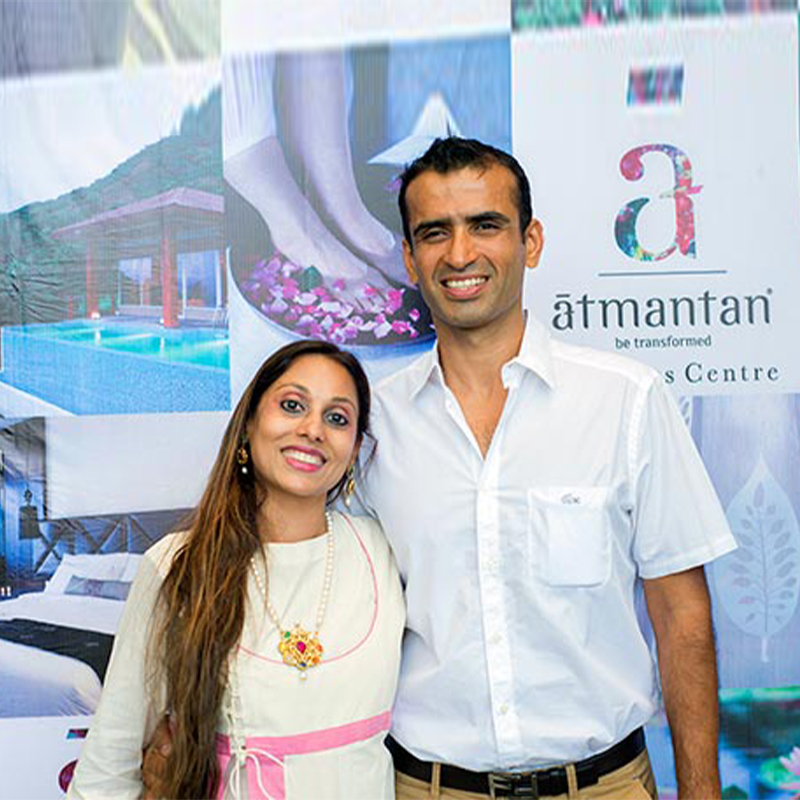
Nikhil Kapur with his wife.
Nikhil and Sharmilee had been closely monitoring the Wellness tourism space ever since the idea struck his wife during her college days. “Since the idea was appealing to us, we closely observed various factors including the economy, the wealth creation, the titration of lifestyle and the need for consumers for destinations that could transform the health,” says Nikhil, who also features in the Luxebook Top 100: Indian Luxury’s Most Influential People -2020! and was named among the “Fit & Fabulous – 2018” by Asia Spa.
Together, they scouted and selected a 42-acre parcel of land in Mulshi, Pune. Thereafter, the couple did much running around — for bank loans to finding architects who could understand the needs of a wellness centre, labour, permissions, doctors, trainers, chefs and masseuse and so on — Atmantan was launched in 2016.
“India has the traditional and proven knowledge systems of Vedanta, Ayurveda, naturopathy, yoga, herbal medicine and energy healing. Where else in this world is this available?” wonders Nikhil, explaining all that is available at Atmantan. The first 12 to 18 months was a challenging phase. “Since the concept was unique, it was challenging to establish ourselves as a brand that understands health, body, physiology, mind, energy really well and cares about people’s deteriorating health,” he says.
- Follow Nikhil on Instagram


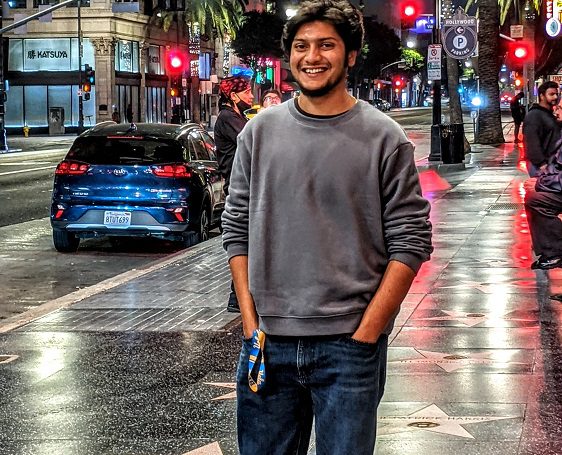
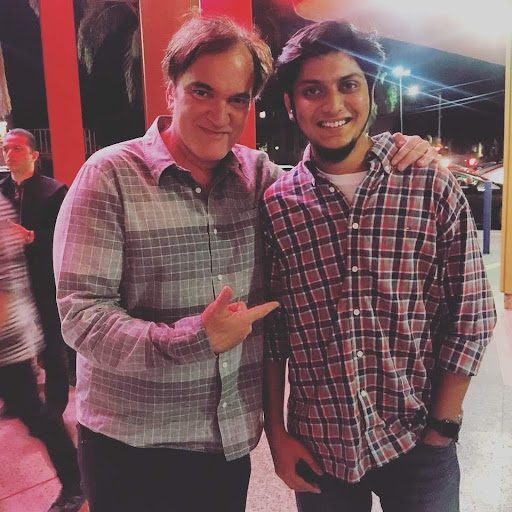 Shreyas Ayaluri with Quentin Tarantino[/caption]
Shreyas Ayaluri with Quentin Tarantino[/caption]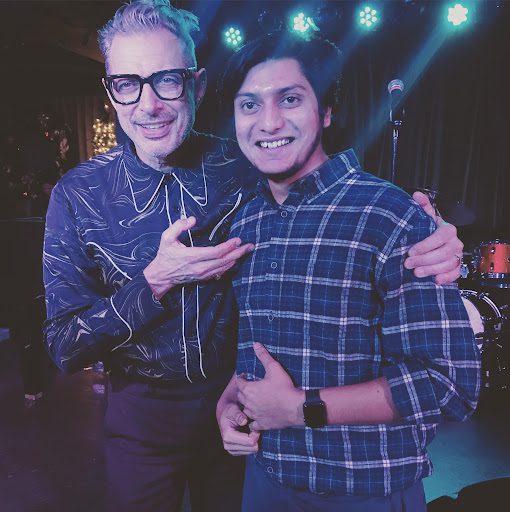 Shreyas Ayaluri with Jeff Goldblum[/caption]
Shreyas Ayaluri with Jeff Goldblum[/caption]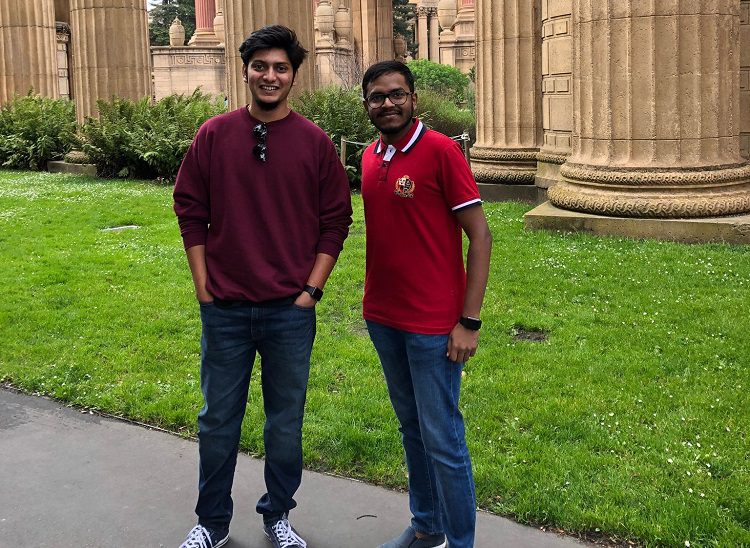 Shreyas with a friend[/caption]
Shreyas with a friend[/caption]
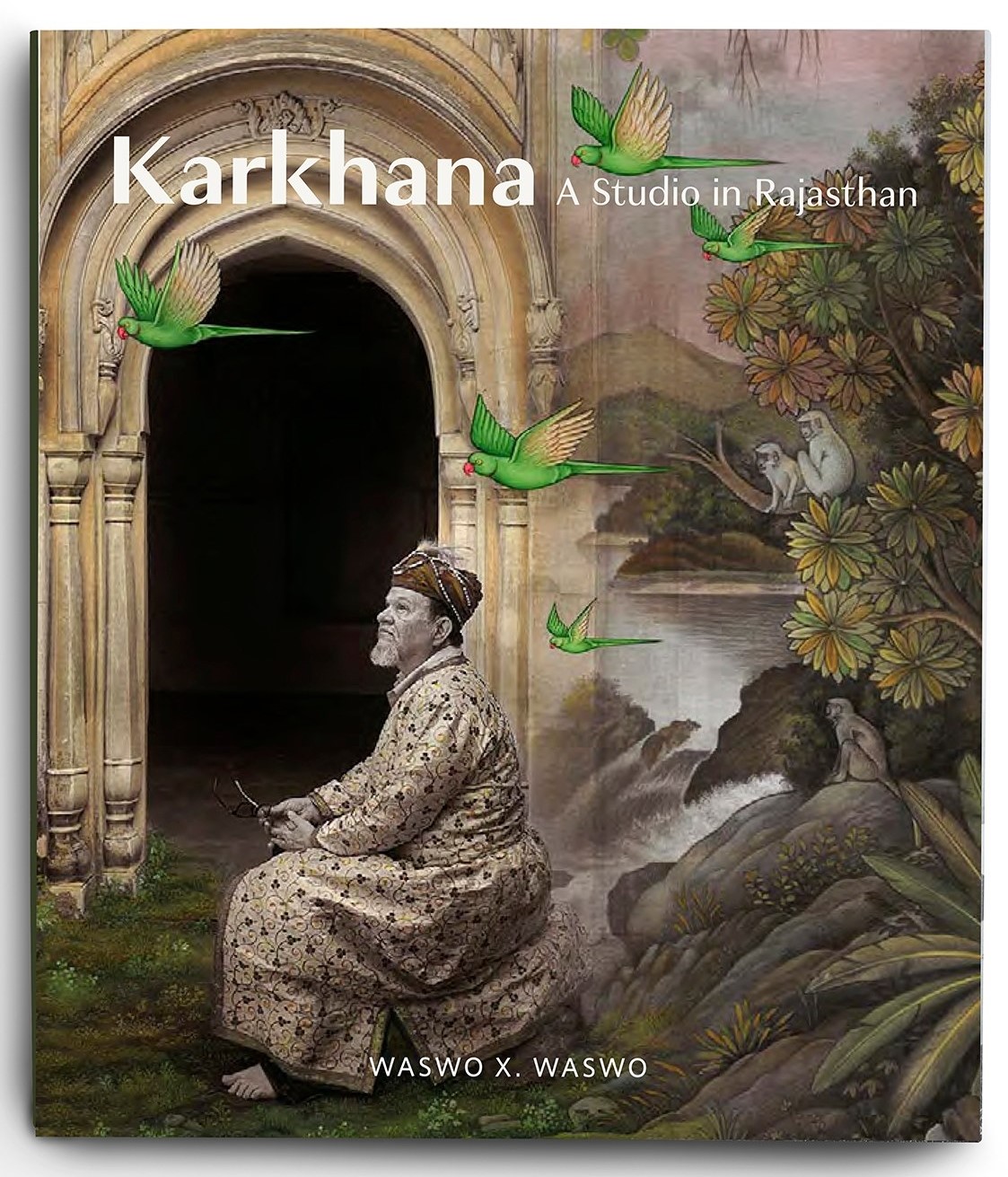
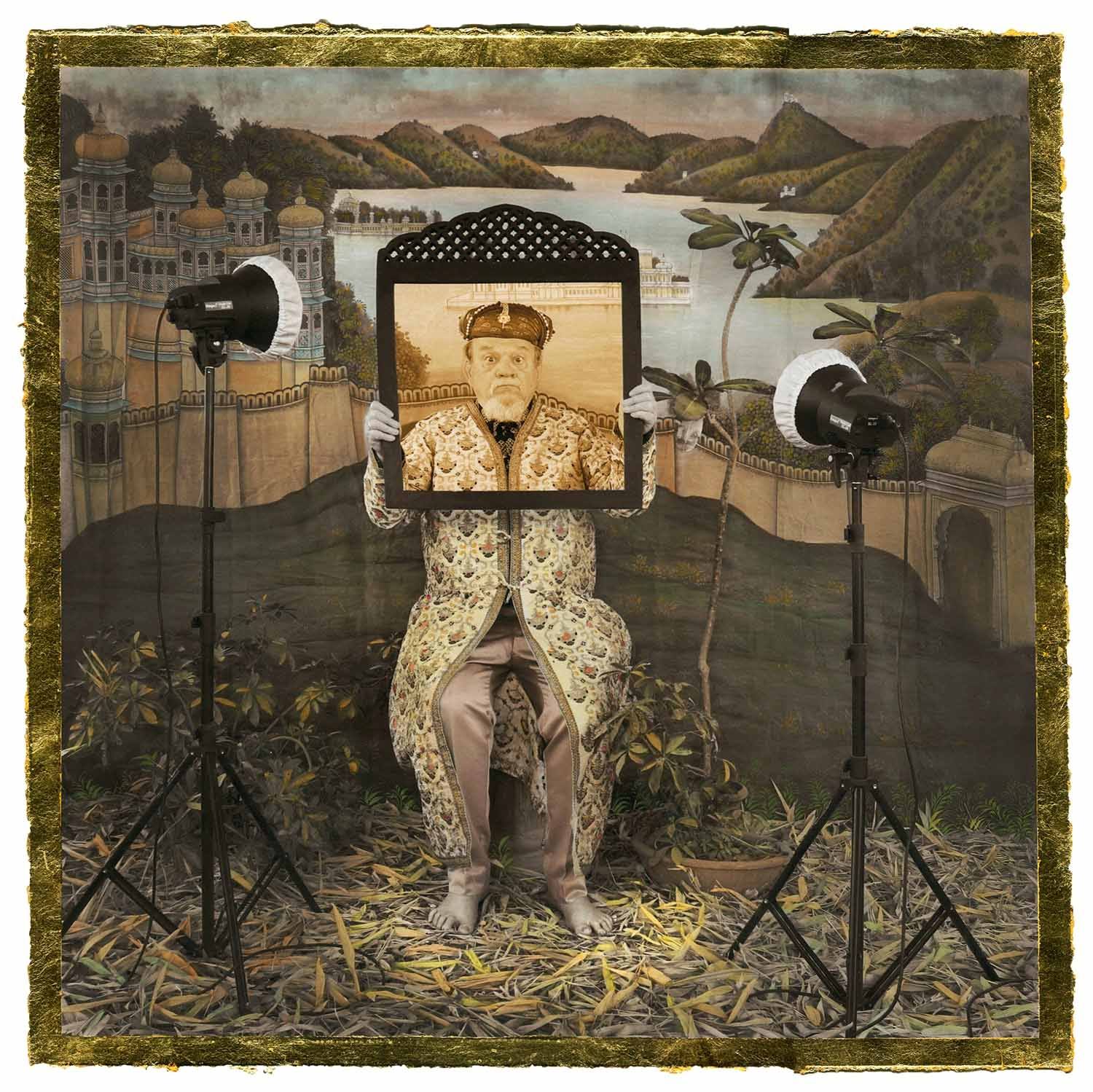

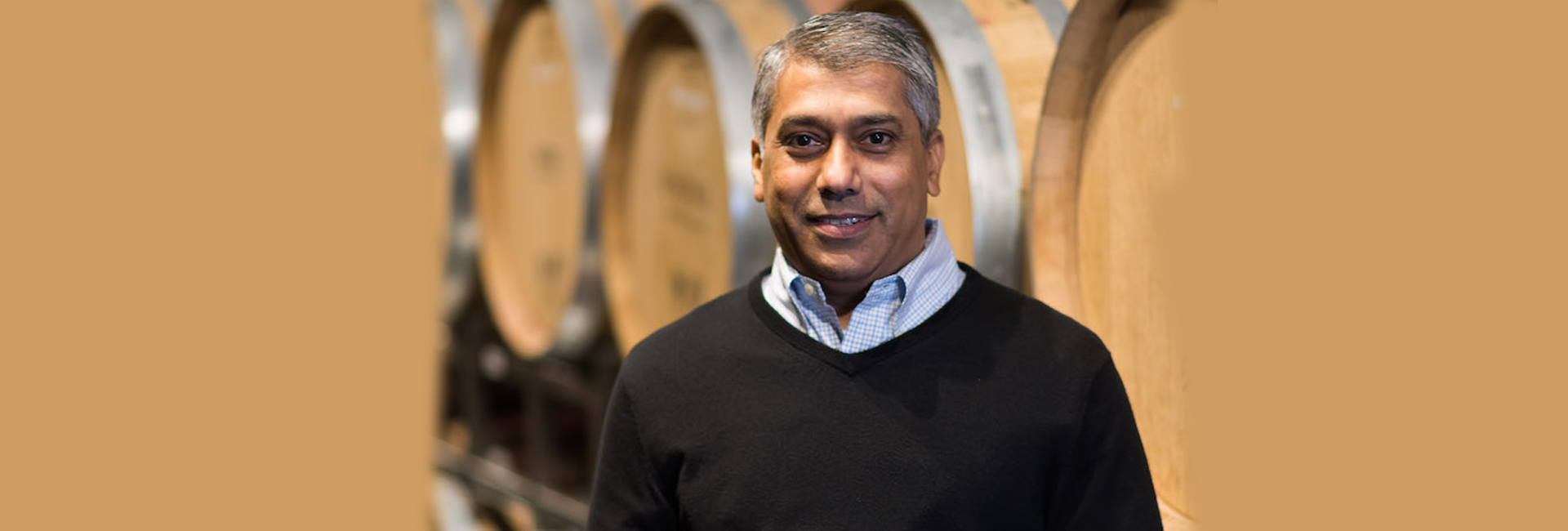
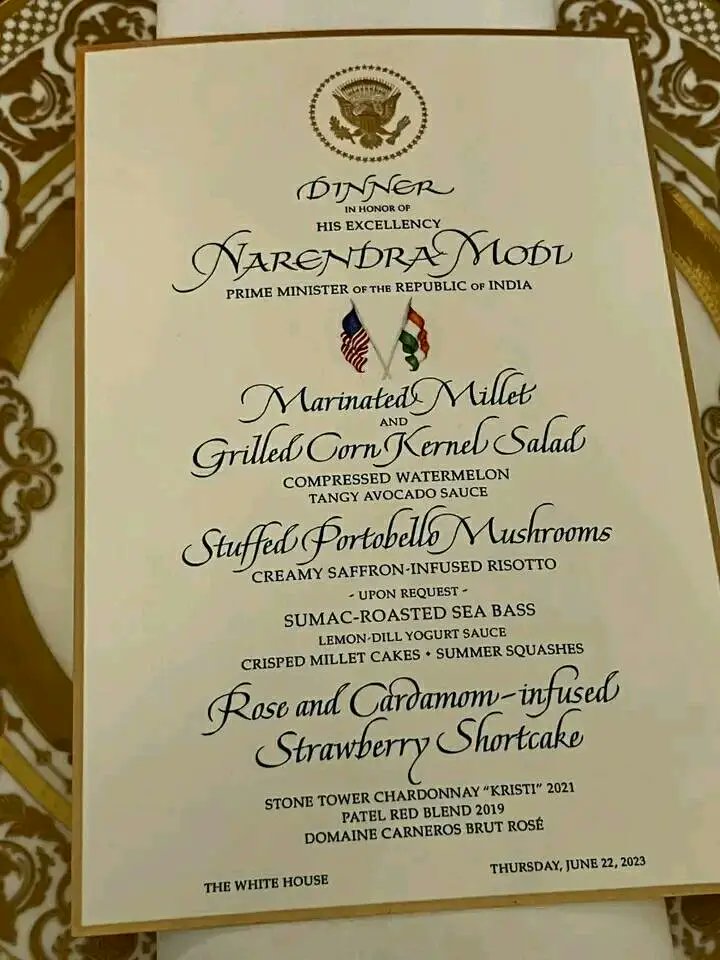
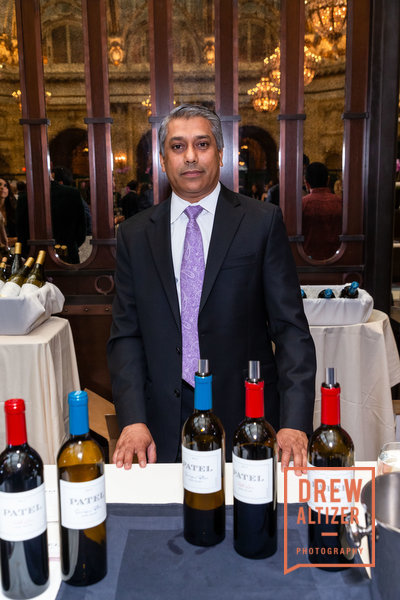
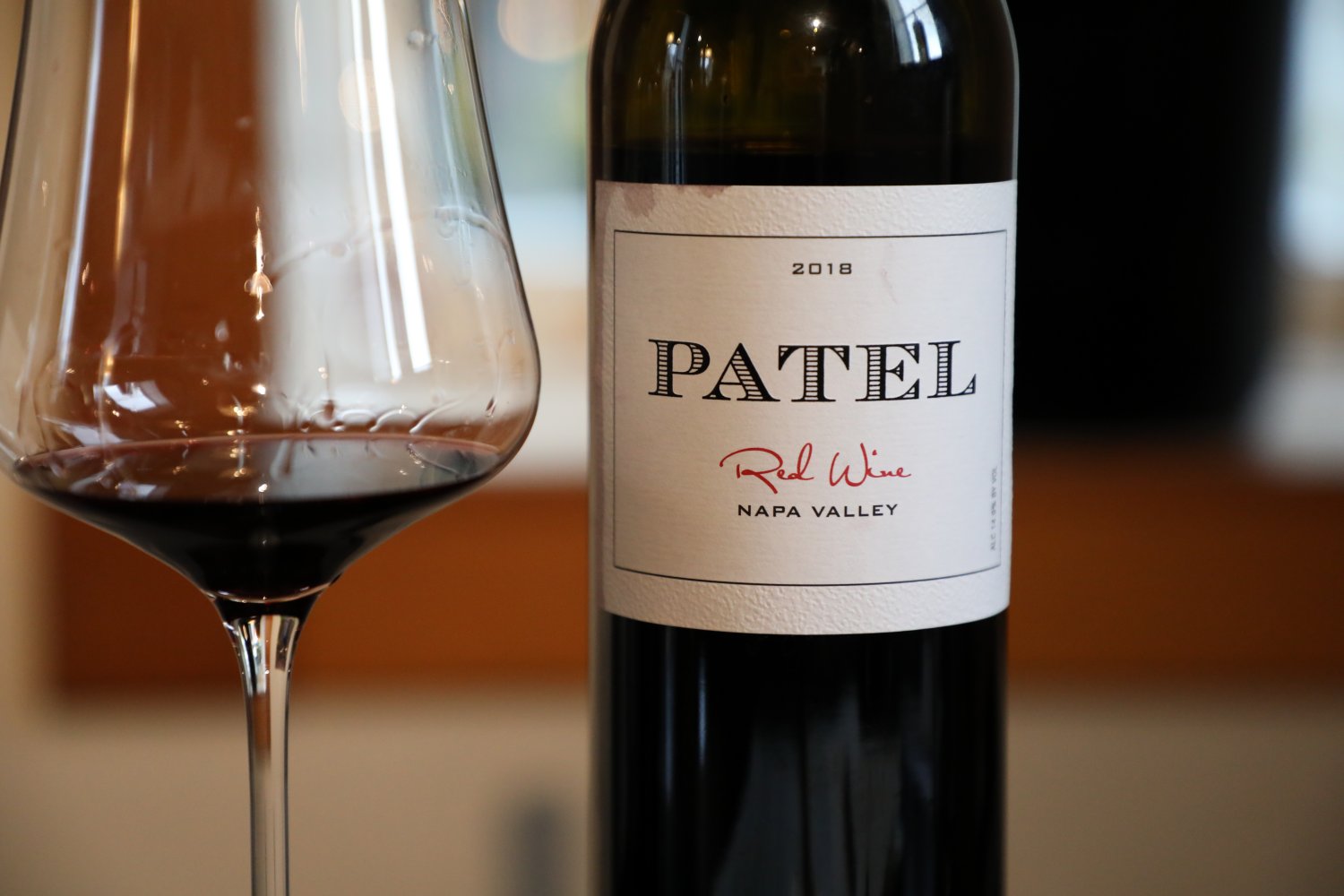


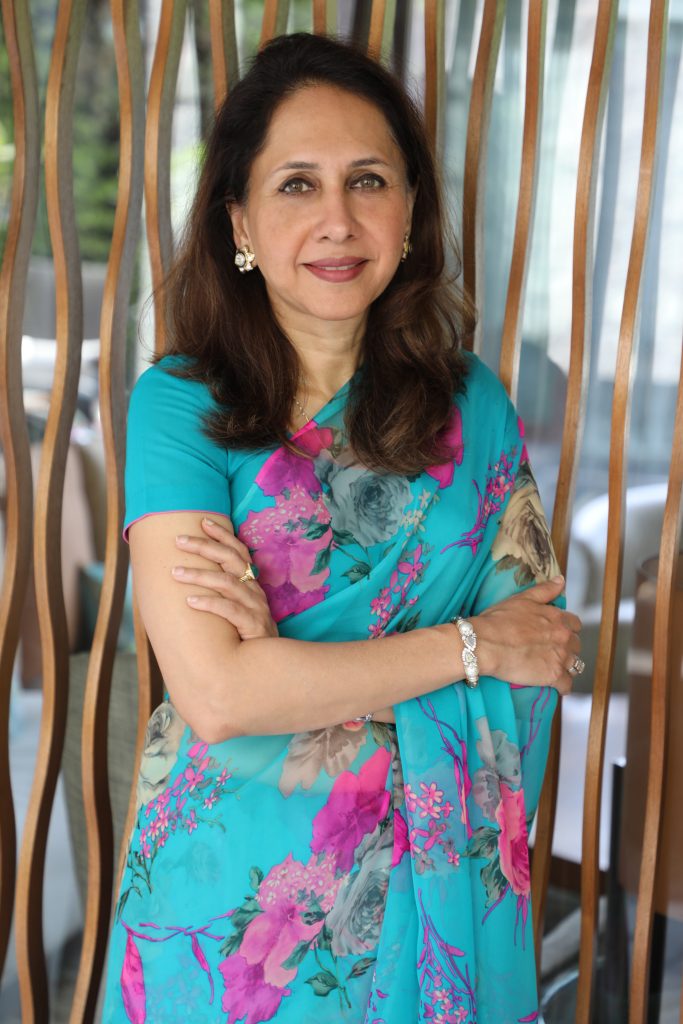 Image courtesy: Deepikka Jindal[/caption]
Image courtesy: Deepikka Jindal[/caption]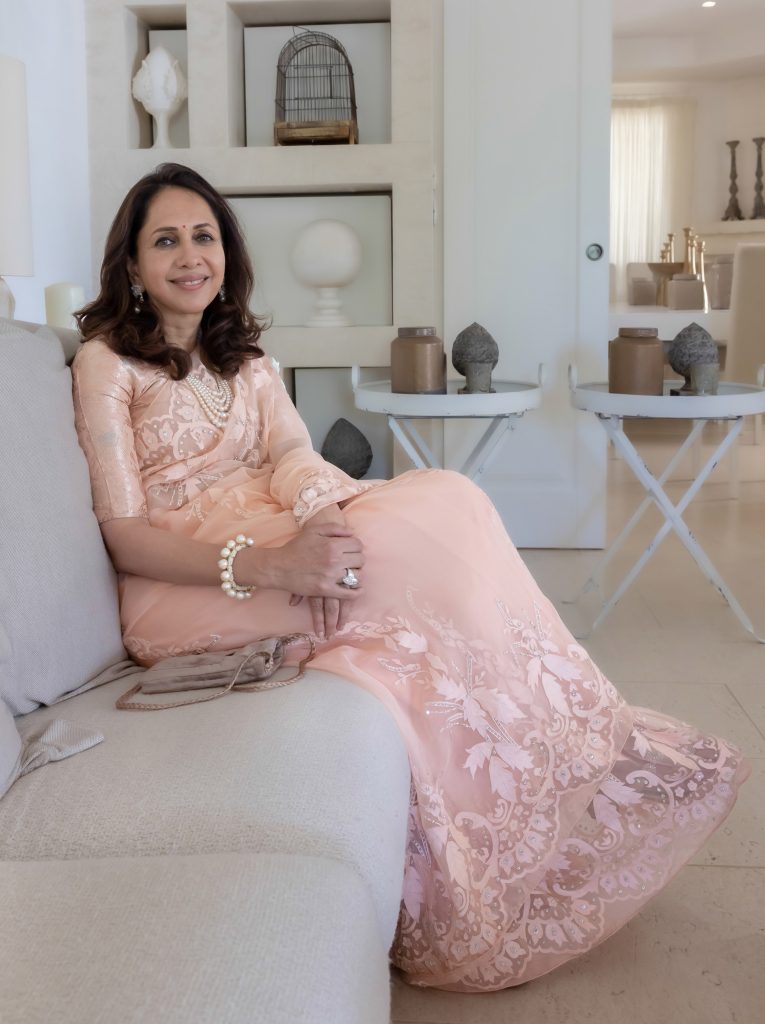
 Tiara Centerpiece by Arttd'Inox[/caption]
Tiara Centerpiece by Arttd'Inox[/caption]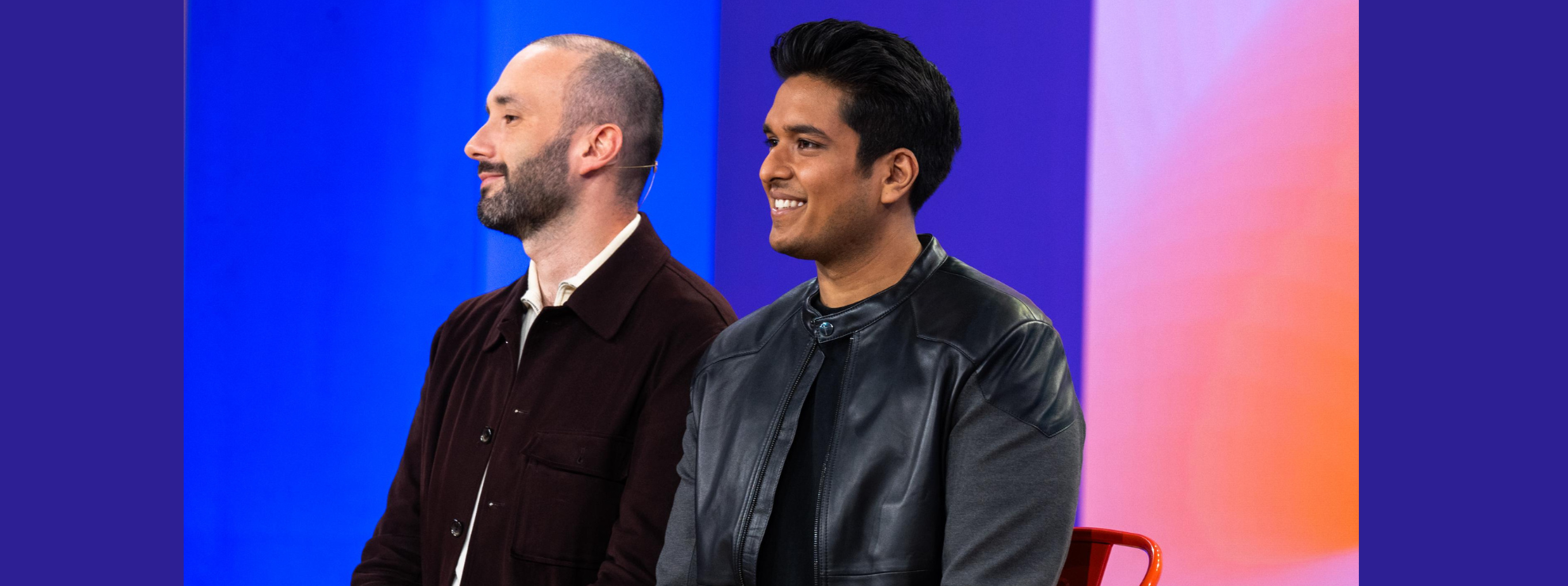
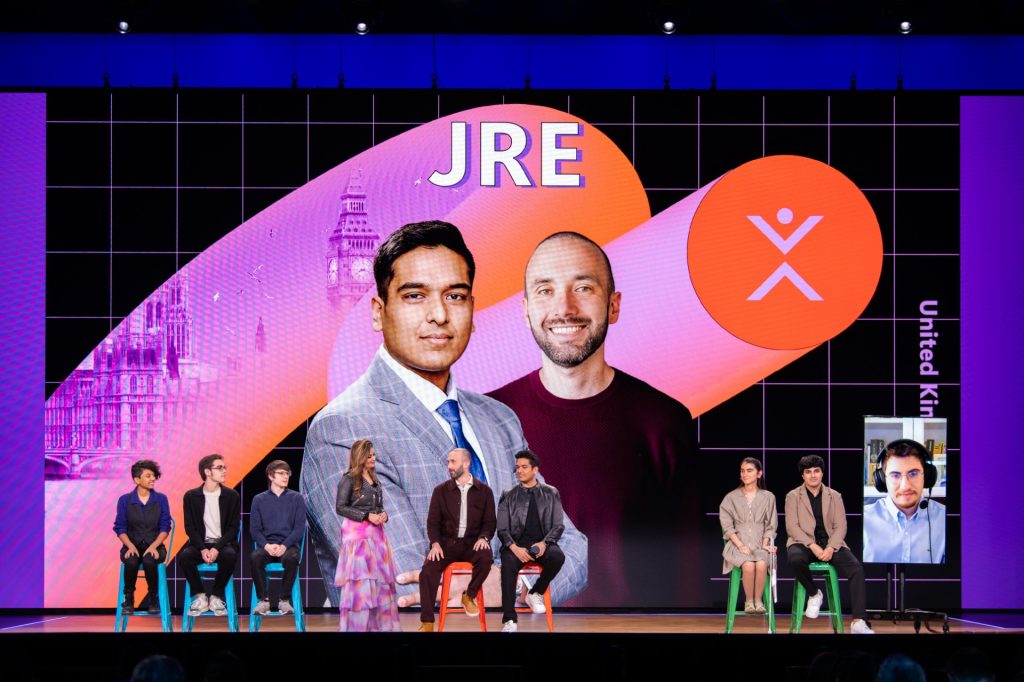 Akshat and Jorge, co-founders, JRE, at the Microsoft Imagine Cup[/caption]
Akshat and Jorge, co-founders, JRE, at the Microsoft Imagine Cup[/caption]
